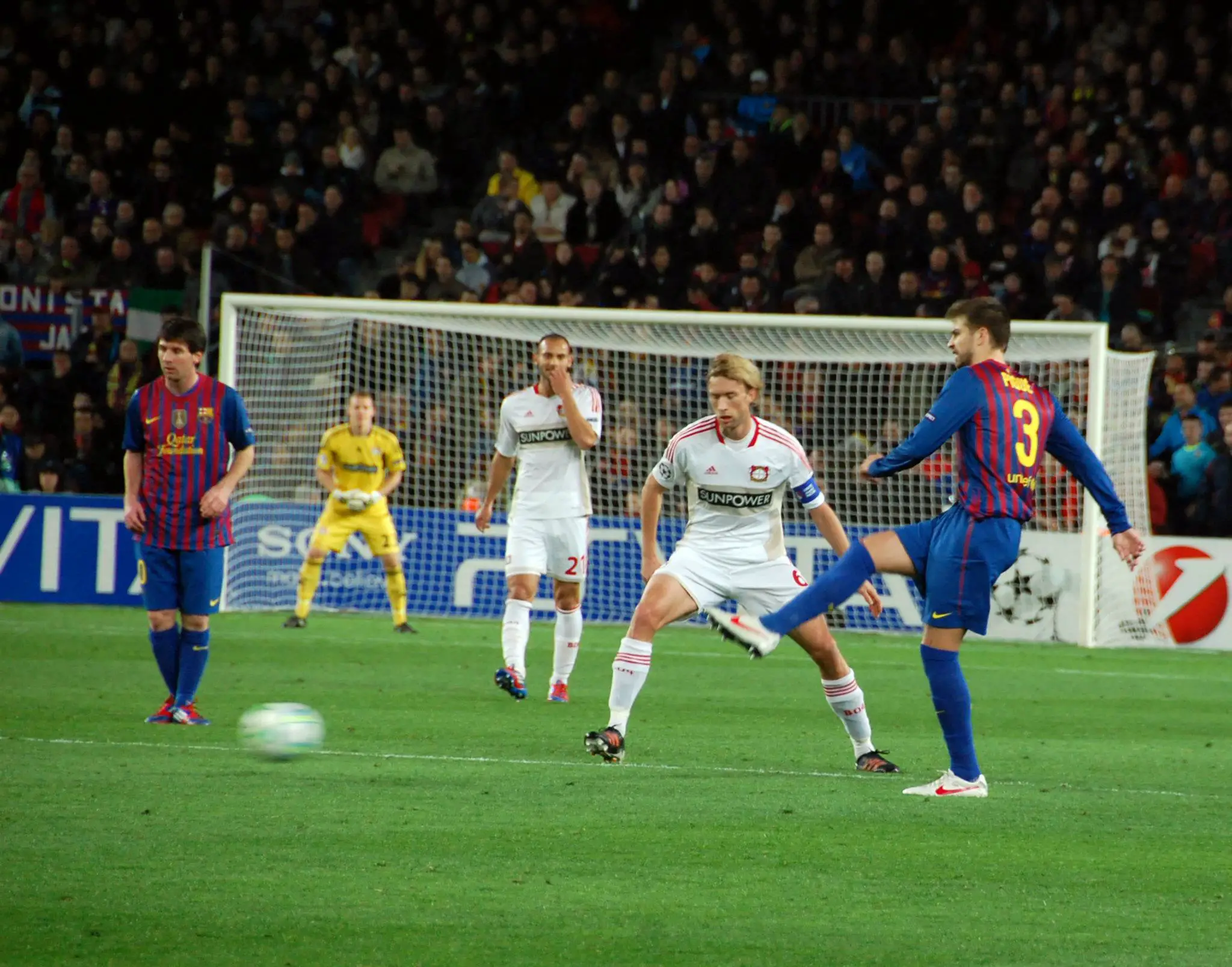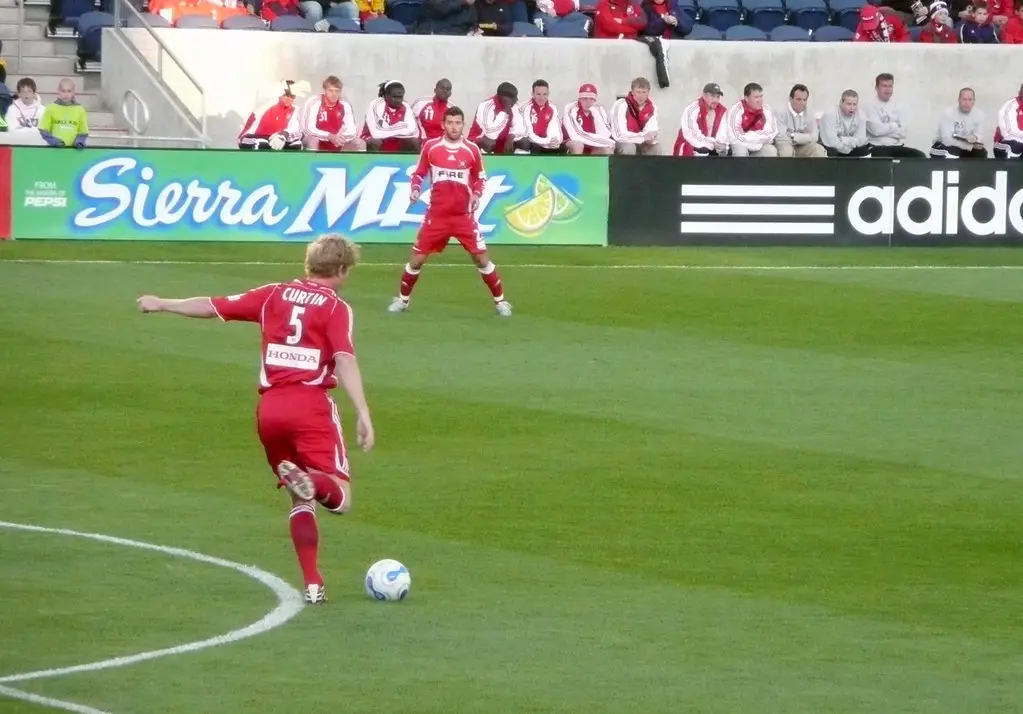
At its core, possession is a pretty simple concept in soccer. Many, but not all, of the top professional teams value keeping possession for its benefits of helping create space, stretch out your opponent, and ultimately create scoring chances.
But there’s more to possession than just passing the ball around. In particular, there are some more specific concepts that are important to learn for anyone who wants to have a complete understanding of how possession plays out in real game situations. One of those is recycling possession.
The Basics of Recycling Possession Defined
When you first hear it this may be a bit of a confusing term. What does recycling have to do with passing the soccer ball?
But when you consider what the concept refers to, the name does make sense.
Essentially, recycling possession means that the team with the ball plays it back to a player who is providing cover. That player in turn moves the ball to another area of the field where the team then “rebuilds” their possession.
But since recycling possession usually involves taking the ball from a more advanced position to a deeper one, is this even a good thing?
Possession: Patience and Chance Creation
In an ideal soccer world we would be efficient with our possession and quickly attack the opposition vertically, culminating in a shot on goal.
But in the real world, defenses are structured to prevent us from easily penetrating and continuing to move forward.
So it becomes necessary for the team in possession of the ball to be patient and work methodically to create space and eventually unlock the defense.
In many cases, this will involve probing one particular area of the field, but if it is not possible to play a penetrating pass or dribble into a dangerous area, it becomes necessary to reset and attempt to penetrate another area of the field.
And it’s recycling possession that allows us to switch things up and probe the new area.
This act of recycling has plenty of additional benefits too: the switch can catch opponents off-guard and out of position, allowing easier penetration into a dangerous area.
It also helps to tire the defense out since they have to run more to keep up with your passing.
Possession and Ball Retention
Another term closely related to possession is ball retention, and this is another way to help us understand recycling possession. Ball retention means not only keeping the ball away from your opponent, but also possessing with purpose in order to create an opening in advanced areas at the right time.
Recycling possession is a crucial component of ball retention, of keeping the ball while drawing opponents out of position and ultimately allowing your team to penetrate and create chances.
Working on different build-up patterns of play and honing your movements in conjunction with your teammates will help your team avoid possessing solely for possession’s sake and move towards a more strategic passing strategy.
One good way to improve your understanding of recycling possession is to watch for it on TV. When can you identify a team recycling in order to probe a new area of the field? Did the reset help them ultimately move forward and attack?






Leave a Reply